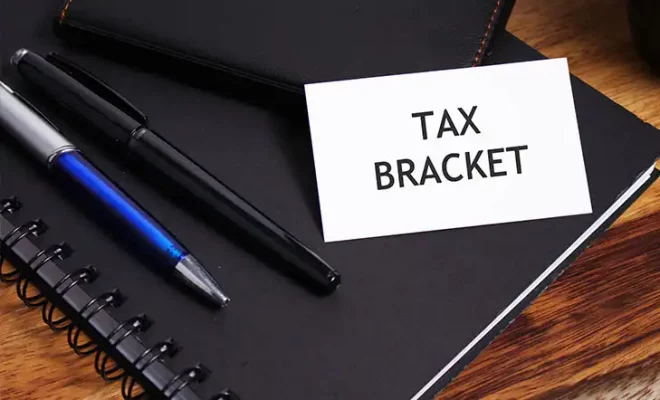Wealth Creation v/s Wealth Preservation

Having a sound financial plan that reaps benefits in the long run is essential for every household. Generally, financial planning includes two broad aspects – wealth creation and wealth preservation. Most people spend their lives engrossed in the continuous process of wealth accumulation and tend to ignore the importance of preserving that wealth. However, to achieve financial goals, it is essential to find a financially healthy balance between the two and know when and how to focus on each. Let’s see how the balance between the two can be achieved and maintained.
Table of Contents
What is Wealth Creation?
Simply put, wealth creation is the steady accumulation of income and assets over a period of time. Even though most people are constantly in the pursuit of growing wealth, they may not know how to do it properly.
Process of Wealth Creation in 4 simple steps
1. Fixing goals
The first step in successful financial planning is setting clear goals. Goals differ individually but can be classified as short-term, mid-term, and long-term. Generally speaking, goals can include paying bills on time, funding a child’s education, securing health, saving for retirement, etc. It is important to prioritize your goals and devise a wealth accumulation strategy around them.
2. Planning strategically
Once you assess your goals and bifurcate your needs and wants, you can develop a strategic plan that keeps a tab on your spending. Wealth growing strategies include making a budget for all your monthly expenses. Sticking to a steady budget decreases the chances of frivolous spending and leads you to accumulate and save your wealth for your future needs. As they say, ‘save more, spend less.’ You can use a savings goal calculator to determine the growth of your savings.
3. Evaluating risks
Wealth accumulation comes easily only with a steady stream of income. This income can be increased with extra hours of work or getting side jobs. The best way to create an additional source of income is by investing. However, you must consider your risk appetite before choosing your investments so that you don’t end up taking more than you can handle. It is advisable to take the help of a financial advisor to thoroughly study different investments and their risk component in your monthly wealth cycle.
4. Allocating assets
Asset allocation is perhaps one of the most important key factors in multiplying your wealth. But you must structure it carefully. There is a range of areas where you can allocate your money, for example, equities, real estate, bonds, etc. This can be done only when you have a clear idea of the risk and returns involved in each security. You must research well to understand the nuances of asset allocation.
What is Wealth Preservation?
Simply defined, wealth preservation is the maintenance of your income and assets. This can be challenging as most people tend to get passive about wealth preservation.
4 Simple steps to Wealth Preservation
1. Re-evaluating risks
It is difficult to preserve your wealth with volatile markets and changing trends. That is why it is necessary to re-evaluate the risks associated with every investment you make. With clever marketing gimmicks, investors are sometimes deceived into believing that certain investments are ‘risk-free’. Keep in mind that while no investment is completely risk-free, nevertheless, with regular re-evaluations and adequate wealth distribution amongst different tools, you can secure good returns on your investments.
2. Diversifying investment
As you grow older, your goals might change. Your portfolio and financial standing might also change. This is why you must diversify your portfolio or check the market for better investment options. Diversification is crucial for growing wealth.
3. Getting insurance
Insurance is a must-have in today’s unprecedented times. It is also a good wealth preservation strategy. Insurance plans work as a monetary cushion during financially difficult times. Insurance policies provide cover against, death, medical injuries, etc. at a monthly premium. Different companies offer different policies. You can find out the one that suits you and your family and use it as a medium to preserve your wealth.
4. Having an emergency fund
Remember the savings account you put a few dollars into every now and then? You can use this savings account as your emergency fund. Investments can be tricky and insurance policies can expire, but an emergency fund is the surest way of wealth accumulation. An emergency fund will provide you cover during unpredictable times of crises and losses and act as a buffer until you secure additional funds. Generally, it is advisable to have an emergency fund that can cover up to 3 to 6 months of your living expenses.
What are the major differences between wealth preservation and wealth creation?
Growing wealth is limited to buying more shares, investing in stocks, etc. However, keeping these earnings safe and secure is what wealth preservation is all about. When you put your money in stocks, you earn profits as returns. These profits help you create your corpus of wealth. However, when you put these earnings in a bond as savings for future contingencies, you preserve your wealth.
Wealth creation and preservation can mean different things to different investors. For example, if you buy real estate with an intention of selling it in the future, you increase your chances of creating more wealth. However, if you occupy the premises yourself, your investment acts as a wealth preservation strategy.
In retrospect you will realize that wealth preservation is nothing but a form of wealth creation. It keeps your money safe and secure. Regular interest or a growth in prices allows it to grow over time, acting as an ideal wealth accumulation strategy.
To sum it up
Both, wealth creation and wealth preservation, are equally crucial. Striking a balance between the two is tricky and many people falter along the way. So, you must review your portfolio from time to time and see if your wealth is truly growing. To attain financial security, use the resources at your disposal cautiously and make well-informed decisions after considerable consultation and evaluation.
Wondering if your financial goals are balancing wealth creation and wealth preservation? Consult financial advisors and get their expert advice on how to achieve the optimal balance.




















